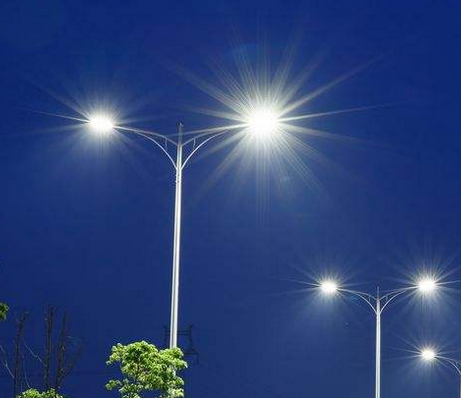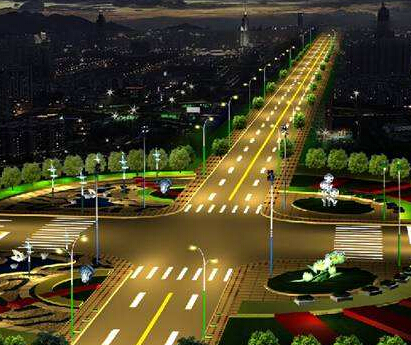A new embedded LED road light traffic system has been put into trial in London to detect pedestrians and other vehicles, and according to the road conditions in real-time changes in road lighting and pipelines to alert drivers of possible danger. Especially when there are pedestrians or bicycles in the blind spot of car driver's eyes, the pavement will display a red light warning.

The new road surface embedded LED lights by British companies and car insurers jointly developed. In addition to the embedded LED pavement, the system also includes a HD camera to capture pedestrian and vehicle information and assist the system in making real-time feedback.

The zebra crossing and road safety have always been important and complex parts of the mass transit system. However, from the embryonic form of the zebra crossing design in the 1940s to the highly developed traffic, people have not changed much in the way of crossings. The increase of traffic accidents make the perfect zebra crossing and pedestrian traffic system become the necessary consideration for the design of smart city in the future.
LED lights transfiguration charging station, but also provide Wi-Fi service
Street lights are another application of LED in smart city transportation system. According to the survey data, less than 1% of the world's more than 300 million street lights, of which less than 10% use LED bulbs, can control switches and monitor street lights centrally.
In the smart city in the future, LED street lamp will not only become the mainstream because of more energy-saving and more efficient, LED lamp pole will also be a big change, a multi-purpose. Not only to provide energy-efficient LED lighting, but also as a provider of wireless network coverage facilities, at the same time be able to integrate into the city landscape, play the role of landscape lighting.
In San Diego, USA, intelligent street lights with sensing capabilities will increase from 40 pilots to 3,600, with a detection range of 160 square miles, which is equivalent to half of the entire city.
In the United Kingdom, the government partnered with clean energy manufacturers to retrofit a small number of street lamps to provide charging services for electric vehicles in response to the UK banning the sale of gasoline and diesel vehicles in 2040, the full implementation of electric vehicles and clean energy policies.
In China, with the development of NB-IoT, smart street lights are also accelerating. Intelligent control of future urban lighting will also become the mainstream.
















 RCCN WeChat QrCode
RCCN WeChat QrCode Mobile WebSite
Mobile WebSite







